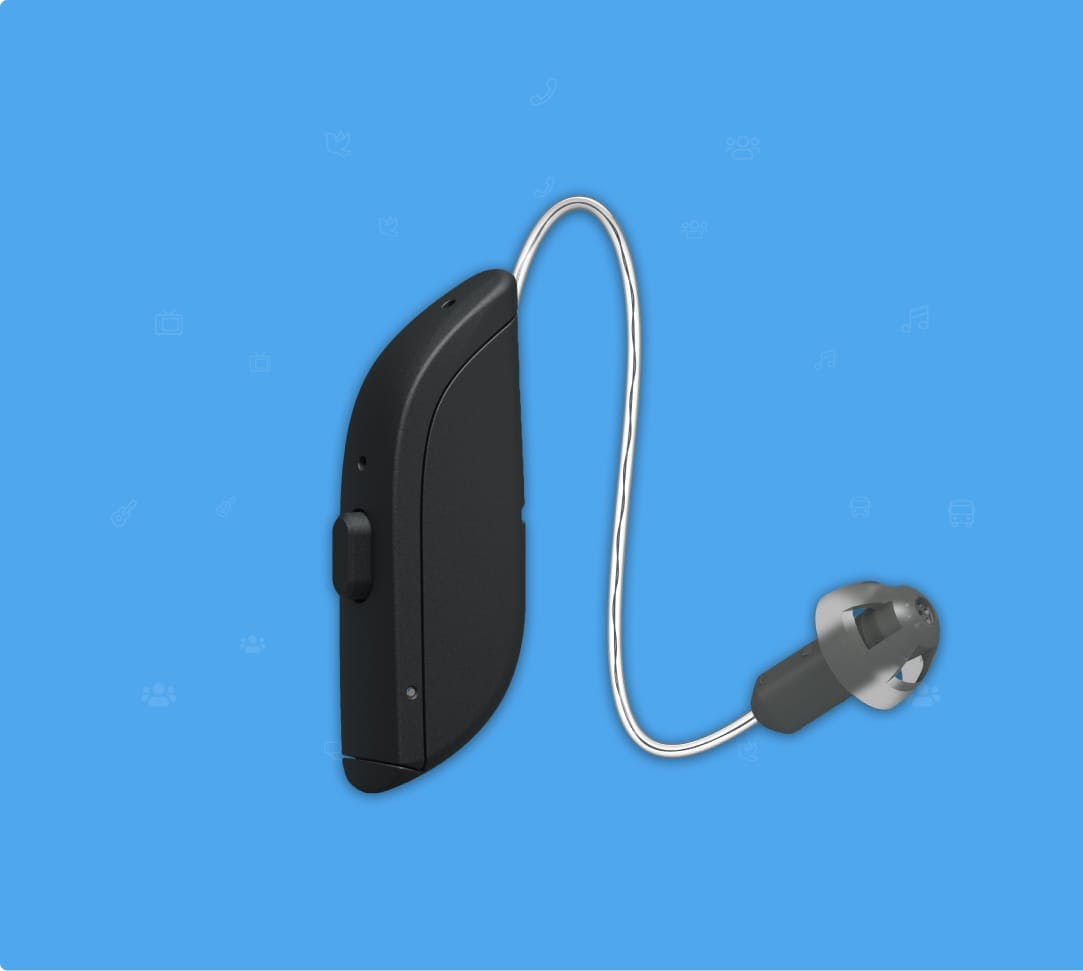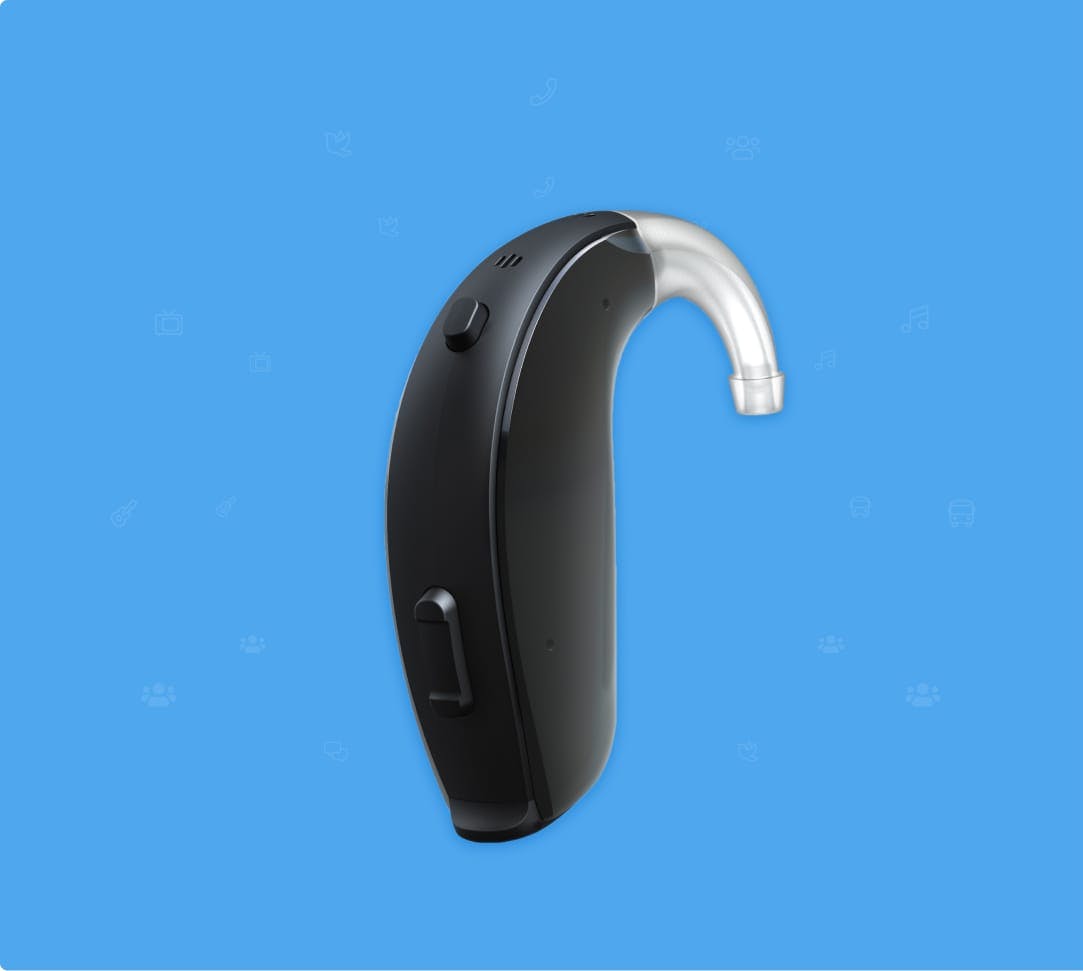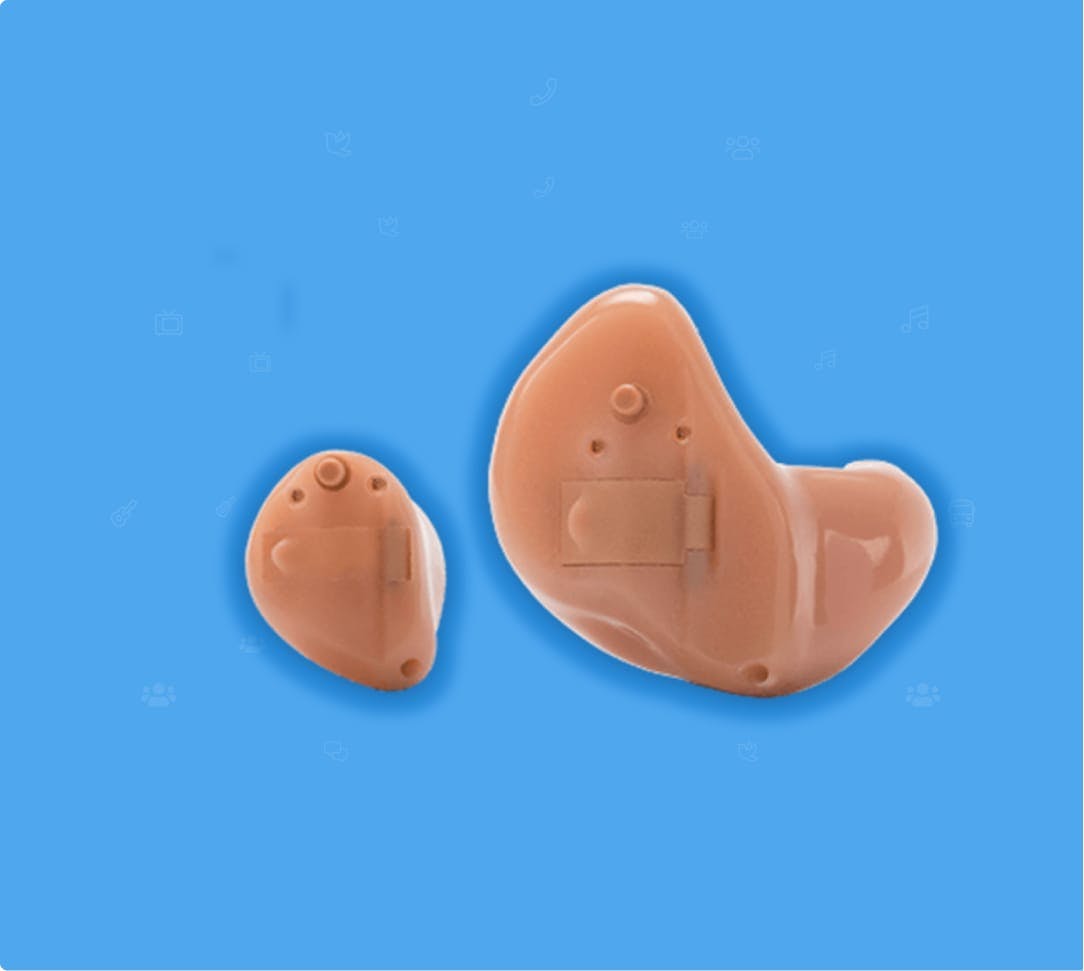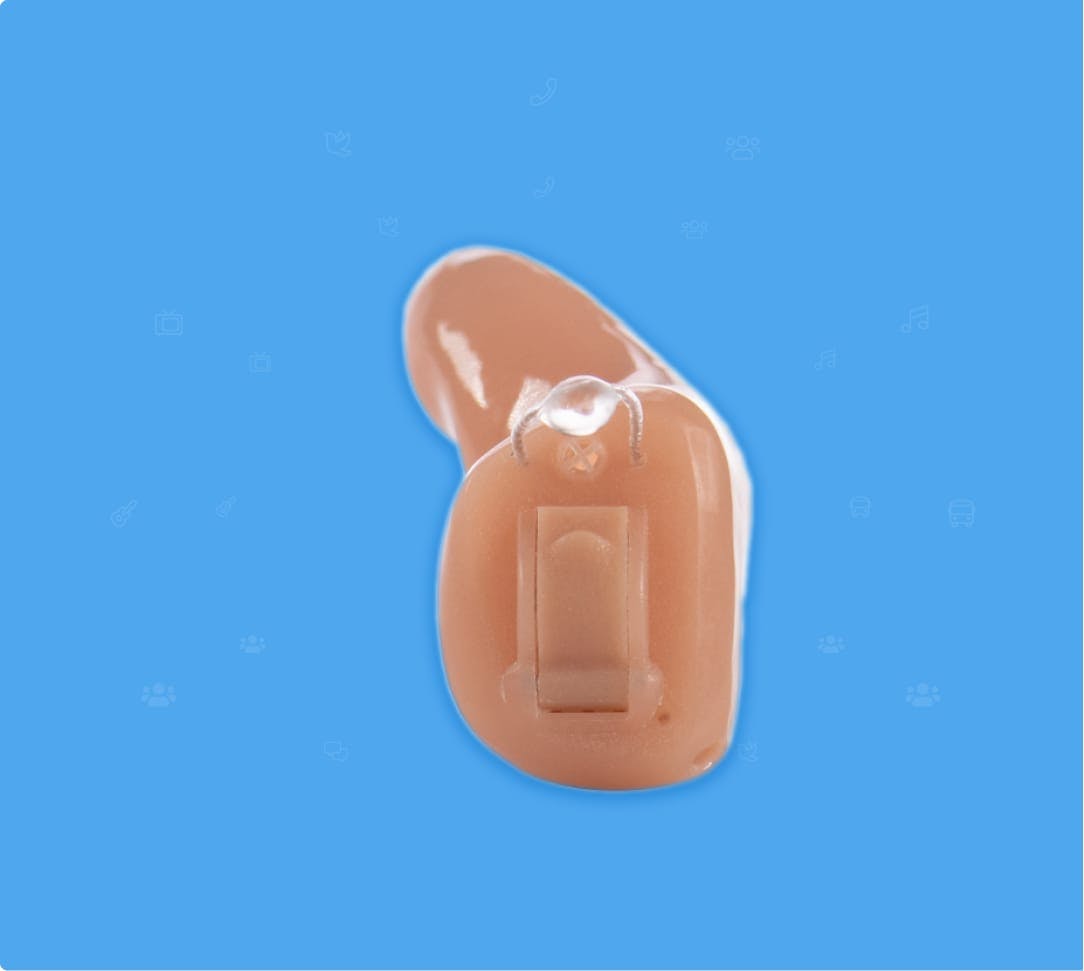Our team of hearing specialists
Our Hearing Center has been established to serve the Orlando community in all types of hearing conditions in both adults and children. Our team of certified audiologists, along with our ear, nose, and throat specialists, Dr. Bibliowicz, Dr. Waizenegger, Dr. Harrington, and Dr. Rabaja allows us to diagnose and treat complex hearing conditions that may require surgery or other advanced procedures.
A full scope of ENT services
We welcome you to our warm, friendly hearing center in Orlando, where you can be confident that you will be under the care of a team of medical professionals skilled in treating all types of hearing conditions. Our scope of other services include:
- Ear surgery
- Nasal and sinus surgery
- Allergy treatments
- General ENT services
- Head and neck cancer








